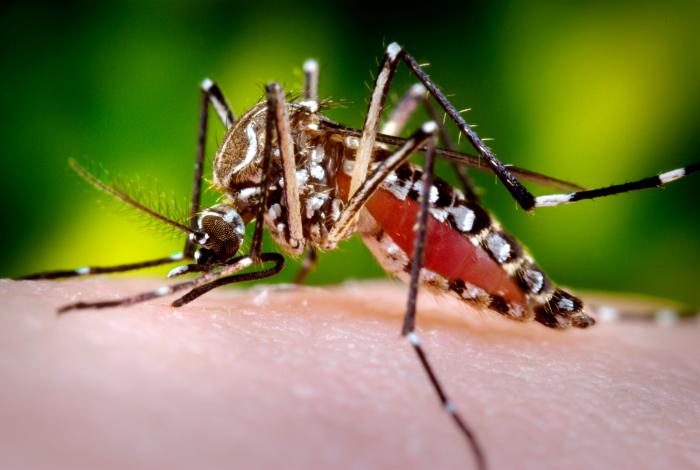The Cook Islands Health Ministry declared a dengue fever outbreak this week following the confirmation of seven dengue cases in Rarotonga in the past month.

Of these cases, one was a visitor from French Polynesia with dengue serotype 3 (DENV-3), while the others were dengue serotype 1 (DENV-1). There are no dengue cases in the Pa Enua.
In addition, officials diagnosed four probable dengue cases this week one of whom recently arrived from Fiji. Further diagnostic tests will be undertaken to confirm dengue and to determine the subtype.
In the last dengue outbreak in Rarotonga in 2009, the dengue virus serotype was DENV-4. The last DENV-1 outbreak occurred in 2007.
The public are reminded to:
1. Keep home and work environments clean – safely dispose water-retaining containers.
2. Avoid mosquito bites – cover up, use mosquito repellents, screen homes.
3. See your doctor if you develop fever, headache, pain behind the eyes, or muscle aches.
4. Avoid mosquito bites when visiting other countries experiencing dengue outbreaks
Everything Is Just $1 At DollarTree.com!
Dengue is a viral infection transmitted by the bite of an infected mosquito. There are four closely related but antigenically different serotypes of the virus that can cause dengue (DEN1, DEN 2, DEN 3, DEN 4).
- Dengue Fever (DF) – marked by an onset of sudden high fever, severe headache, pain behind the eyes, and pain in muscles and joints. Some may also have a rash and varying degree of bleeding from various parts of the body (including nose, mouth and gums or skin bruising).Dengue has a wide spectrum of infection outcome (asymptomatic to symptomatic). Symptomatic illness can vary from dengue fever (DF) to the more serious dengue hemorrhagic fever (DHF).
- Dengue Hemorrhagic Fever (DHF) – is a more severe form, seen only in a small proportion of those infected. DHF is a stereotypic illness characterized by 3 phases; febrile phase with high continuous fever usually lasting for less than 7 days; critical phase (plasma leaking) lasting 1-2 days usually apparent when fever comes down, leading to shock if not detected and treated early; convalescence phase lasting 2-5 days with improvement of appetite, bradycardia (slow heart rate), convalescent rash (white patches in red background), often accompanied by generalized itching (more intense in palms and soles), and diuresis (increase urine output).
- Dengue Shock Syndrome (DSS) — Shock syndrome is a dangerous complication of dengue infection and is associated with high mortality. Severe dengue occurs as a result of secondary infection with a different virus serotype. Increased vascular permeability, together with myocardial dysfunction and dehydration, contribute to the development of shock, with resultant multiorgan failure.
The Cook Islands are a 15 island nation located in the South Pacific. Rarotonga is the largest island and home to the national capital of Avarua.
- Possible measles exposure in Hillsdale, NJ prompts health alert
- Universal flu vaccine: Senators reintroduce legislation to more than double investment
- Chikungunya vaccine candidate fast tracked
- Dengue cases up 149 percent in Brazil, most in the southeast
- YMCA Hot Tub in Waco, Texas Investigated In Legionnaires’ Disease Outbreak
- Massachusetts hepatitis A outbreak: Half of cases from Suffolk and Worcester counties

